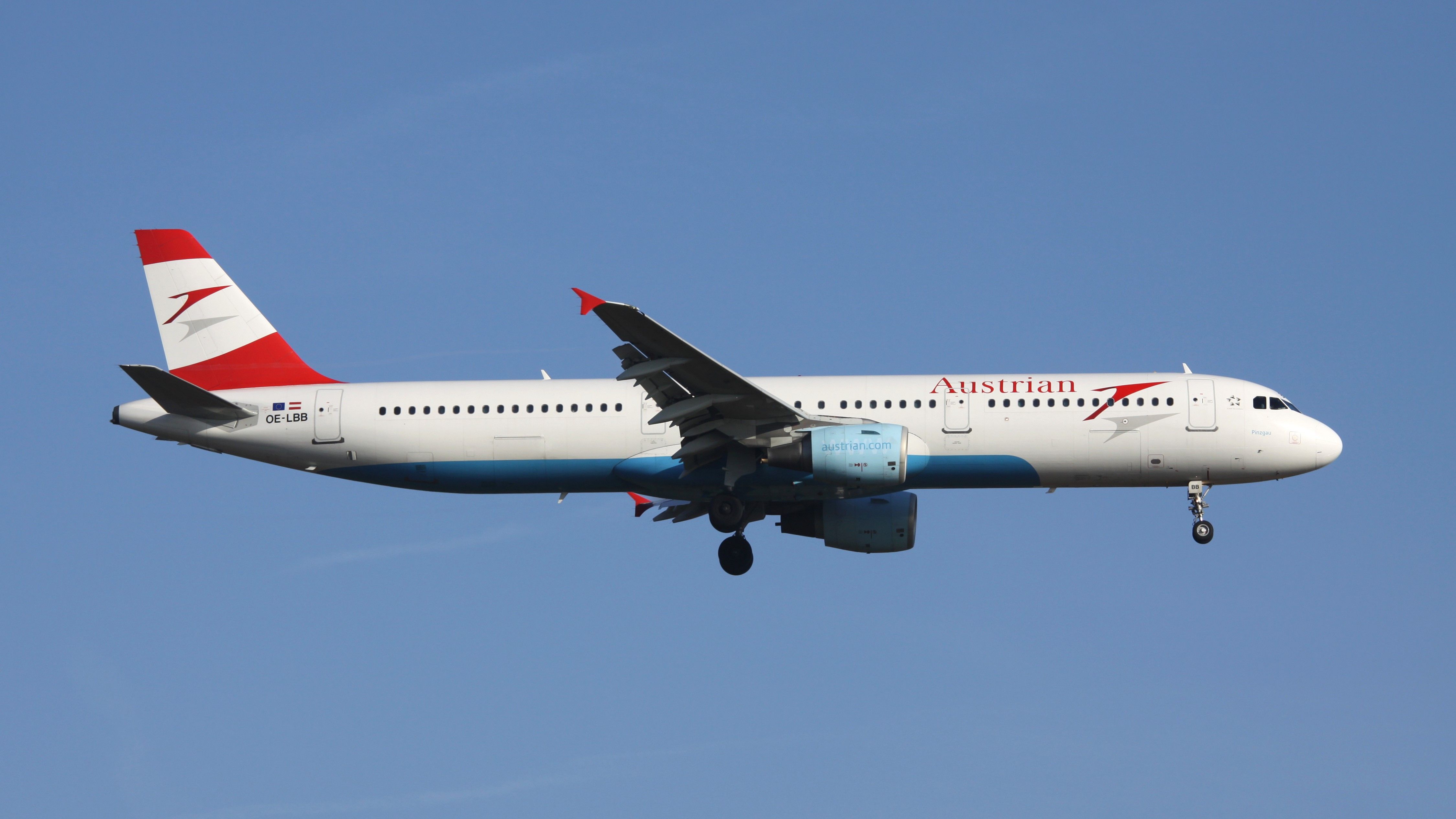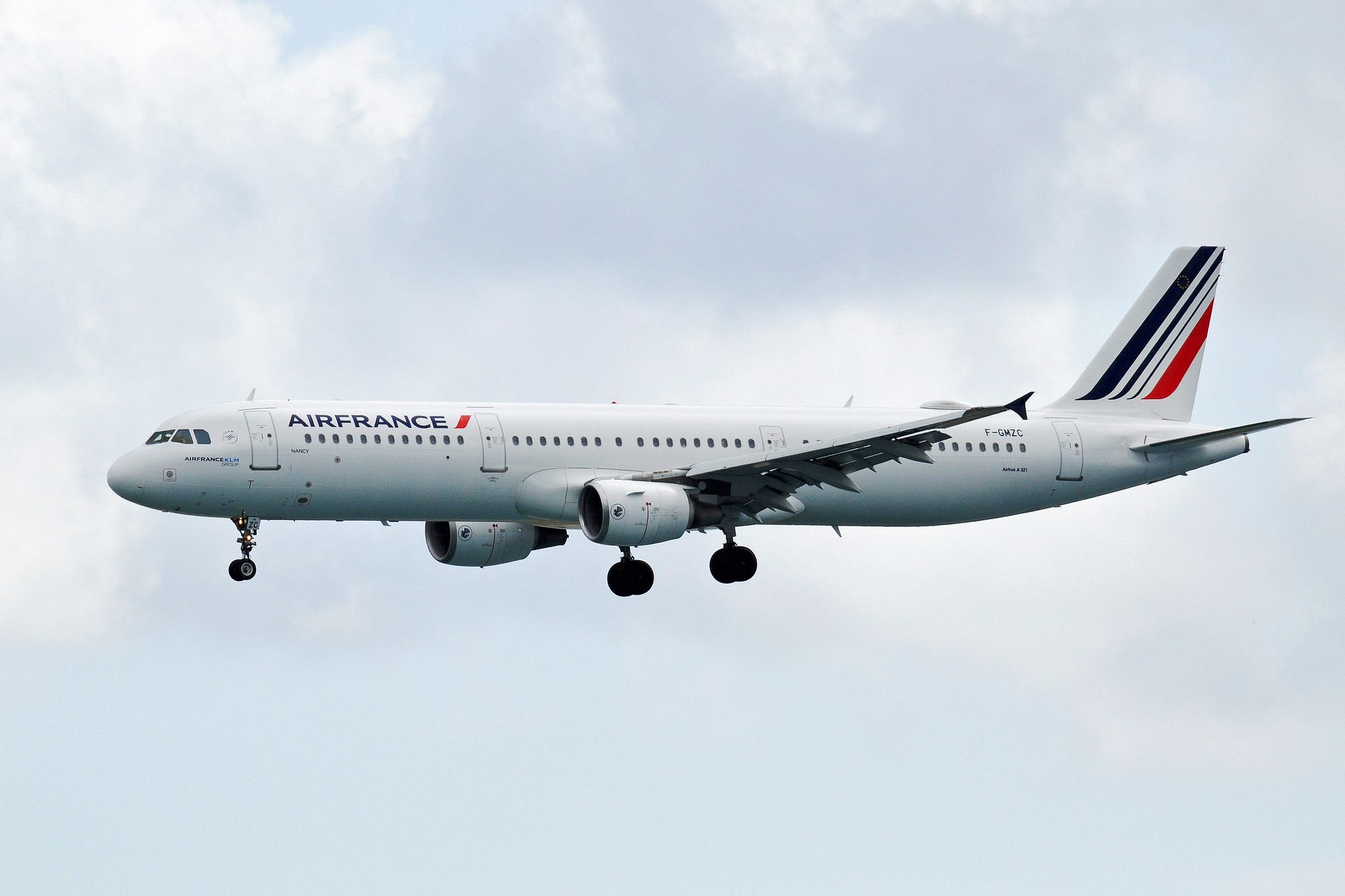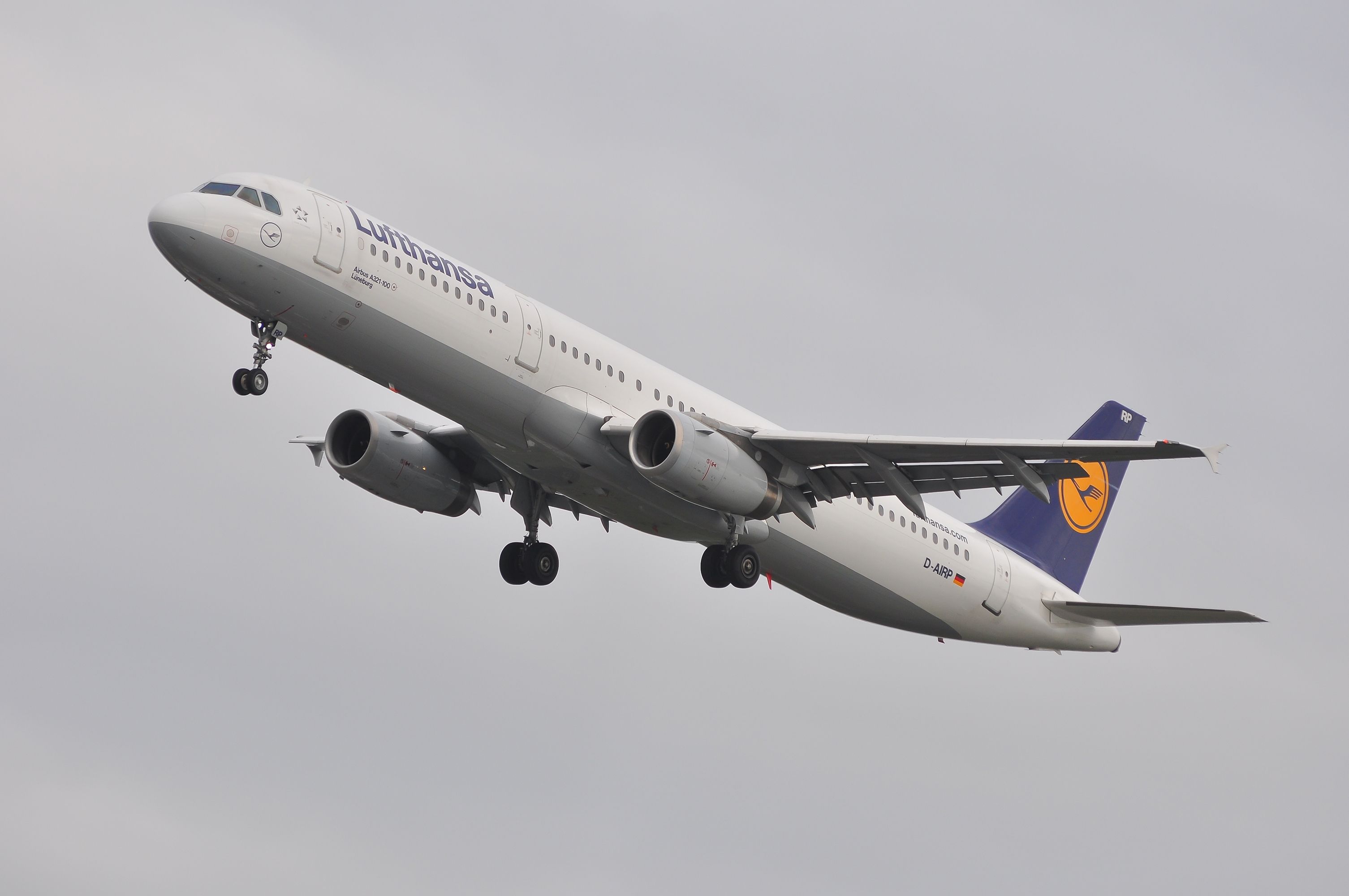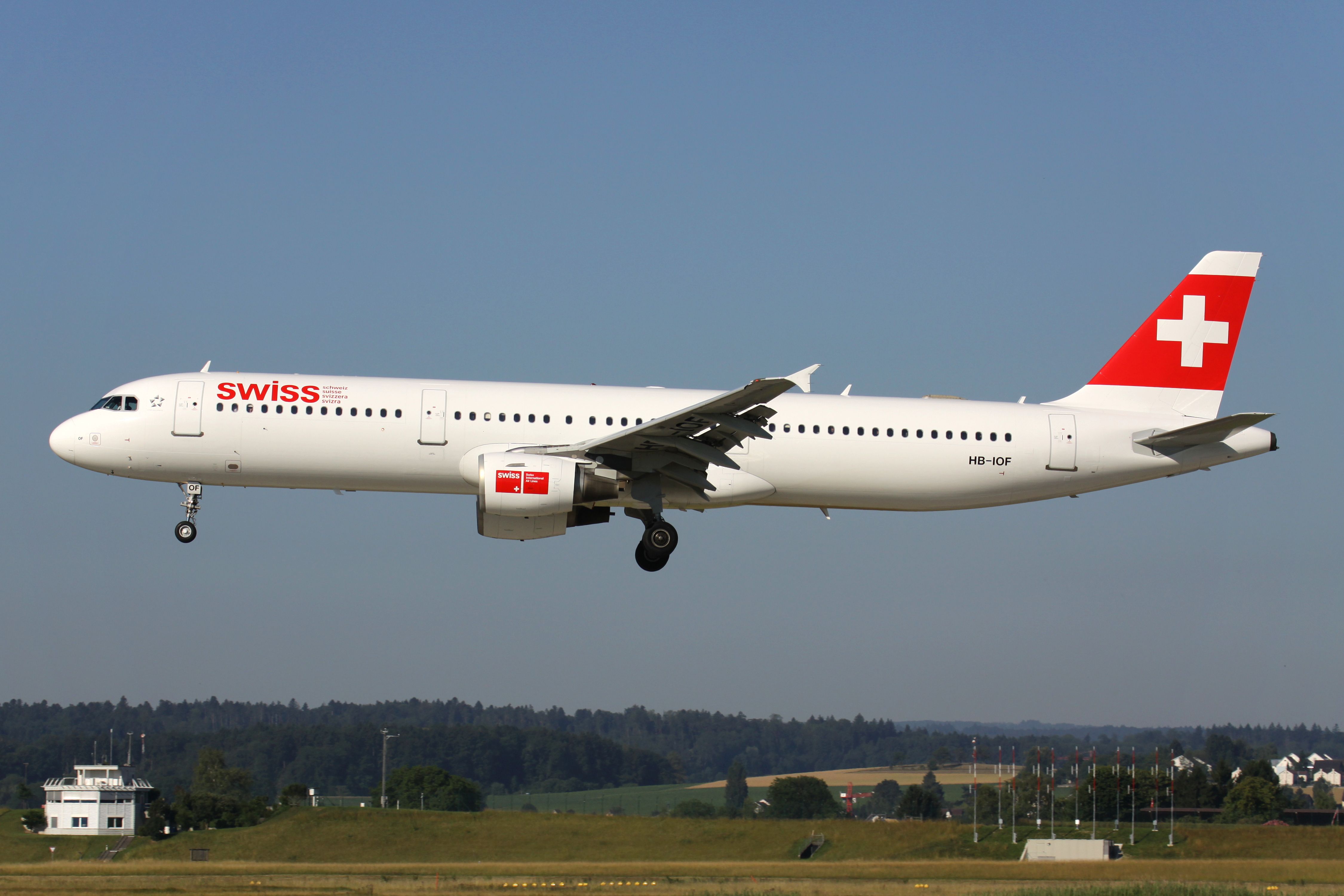The Airbus A321 is the largest variant of the European manufacturer's original A320ceo series, and the stretched-fuselage narrowbody twinjet has proven to be a popular design all over the world. However, the A321-200 represents the bulk of this popularity, with the original A321-100 being far less common. Nonetheless, certain examples remain active, but whereabouts? Let's take a look.
Air France
According to data from ch-aviation, Airbus only produced 79 examples of the A321-100, with this figure representing a mere drop in the water compared to the 1,784 that refers to the production of all first-generation A321s.
There are just 19 active examples of the A321-100 in the world at present, with three of them belonging to Air France. With an average age of 29 years old, these are comfortably the French flag carrier's oldest current aircraft.
Want answers to more key questions in aviation? Check out the rest of our guides here!
Each of these twinjets has 212 seats onboard, offering a standard economy class pitch of 29-30 inches. Air France received them all in September 1997, when they joined the airline from former regional operator Air Inter. The French flag carrier has kept them busy, and all three had exceeded 50,000 flight hours at the time of the last measurement. Air France also has one inactive A321-100.
Austrian Airlines
Moving on alphabetically, Austrian Airlines' remaining A321-100 fleet is slightly smaller, with only one active example left, as well as two inactive units. Historically speaking, the carrier has also flown another three of these narrowbodies. They are slightly younger than those of Air France, at 28.1 years on average, but still rank as the airline's oldest planes. The sole active example is OE-LBC.
Austrian initially received these A321-100s brand-new between December 1995 and February 1996. However, they haven't spent their entire careers at the national airline, with 2012-2015 having instead seen these 200-seat twinjets redeployed to affiliate carrier Tyrolean Airways. This was done to protect Austrian from bankruptcy, and the aircraft still operated Austrian Airlines flights while at Tyrolean.
Lufthansa
Elsewhere in Europe, Germany's Lufthansa has comfortably the largest remaining fleet of Airbus A321-100s, with 12 active aircraft at its disposal. It also has another eight examples that are inactive. With an average age of 28.5 years old, these 205-seat narrowbodies are once again, the airline's oldest planes, at more than twice as old as the 14-year fleet average. But which active example is the most senior?
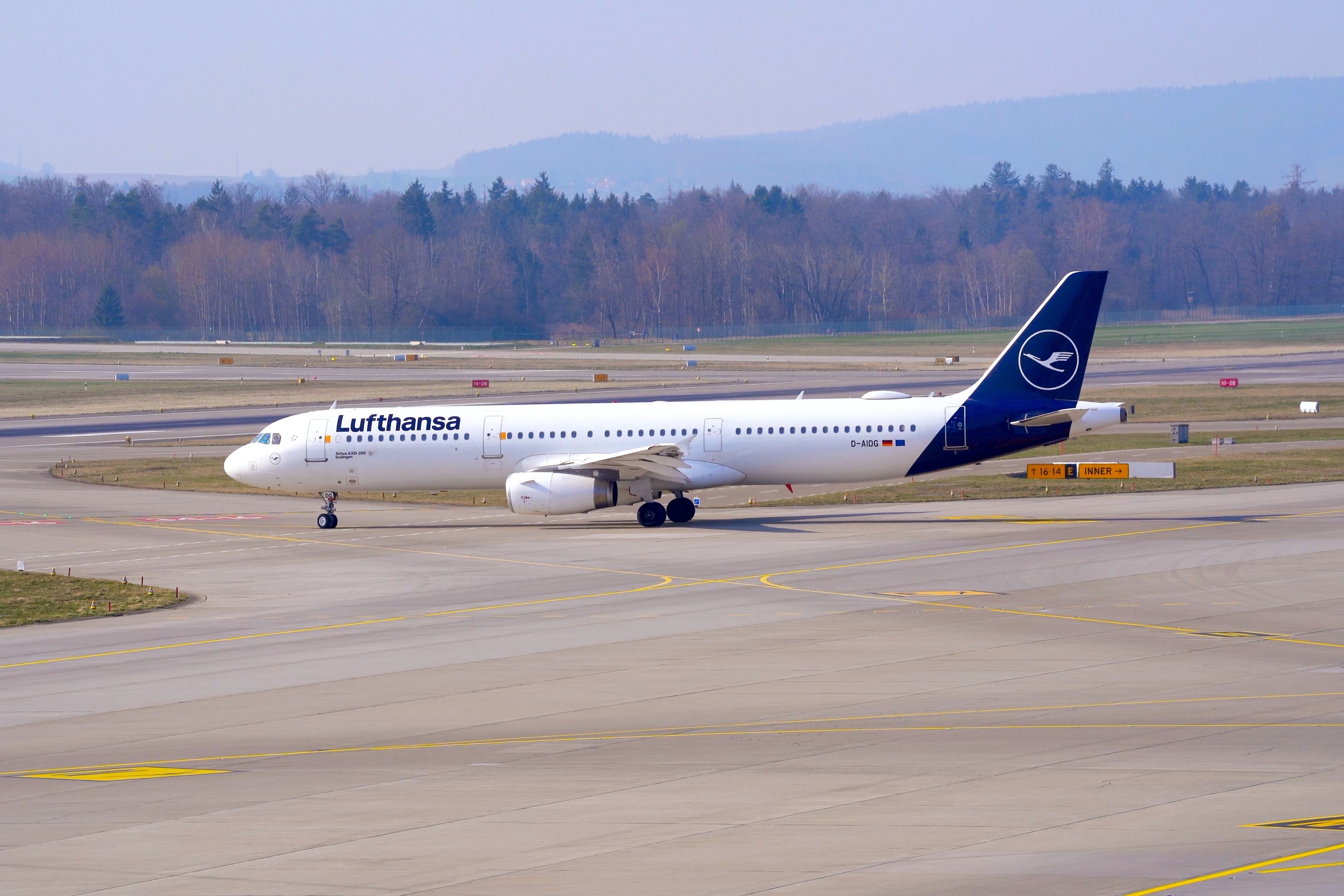
Catering Vehicle Smashes Into Lufthansa Airbus A321 Leaving Parts Stuck In Fuselage
Repairing the aircraft will likely take months.As it happens, two of Lufthansa's 12 remaining active A321-100s have reached the three-decade mark, with D-AIRH being the oldest, at 30.6 years old. This aircraft, which joined the German flag carrier in July 1994, had amassed an impressive 63,470 flight hours across 48,128 cycles at the time of the last measurement. Meanwhile, D-AIRA is relatively close behind, at 30.2 years of age.
SWISS
Moving on to another member of the wider Lufthansa Group, SWISS presently has three active A321-100s at its disposal and has historically flown another five examples of the type. These aircraft are 28.1 years old on average (compared to a fleet-wide mean figure of just 10.9 years old) and accommodate 219 passengers with a standard economy class seat pitch ranging between 29 and 32 inches.
One of these three remaining active aircraft joined the carrier in March 2002, having been directly transferred from Swissair after the defunct carrier ceased operations after the turn of the century. Meanwhile, the other pair came onboard in April 2007, having initially spent their first five years post-Swissair serving Turkish Airlines.
What do you make of the persistence of European carriers in continuing to fly the A321-100? Have you ever traveled on one of these aircraft yourself? Let us know your thoughts and experiences in the comment section.

